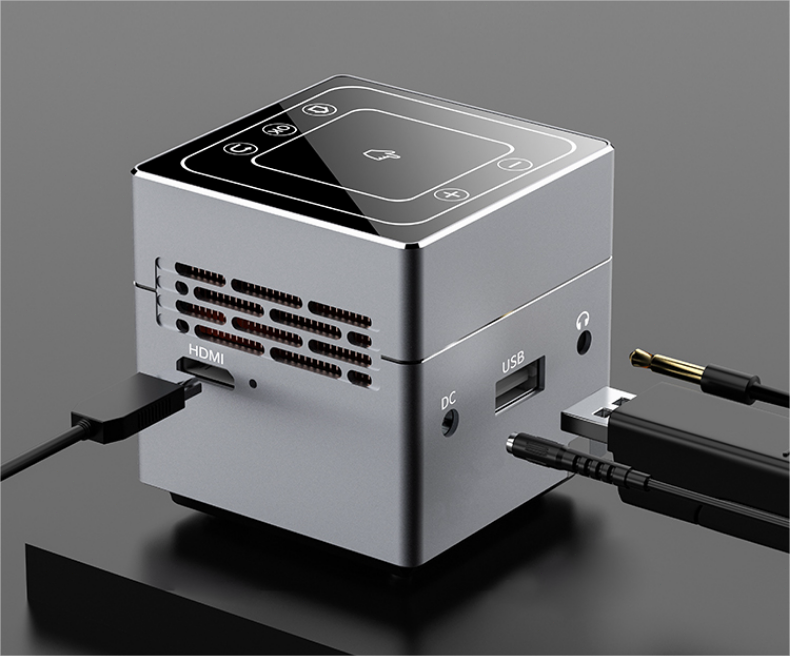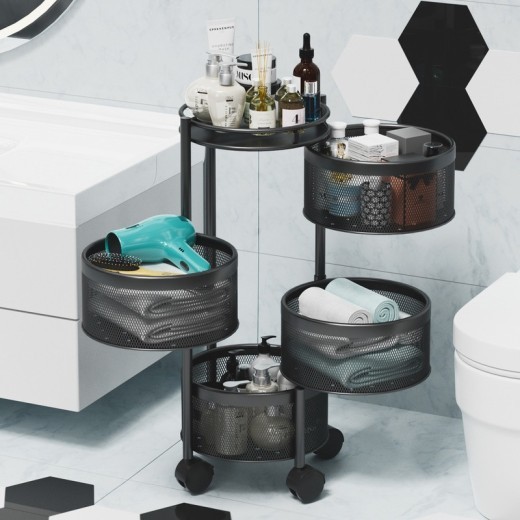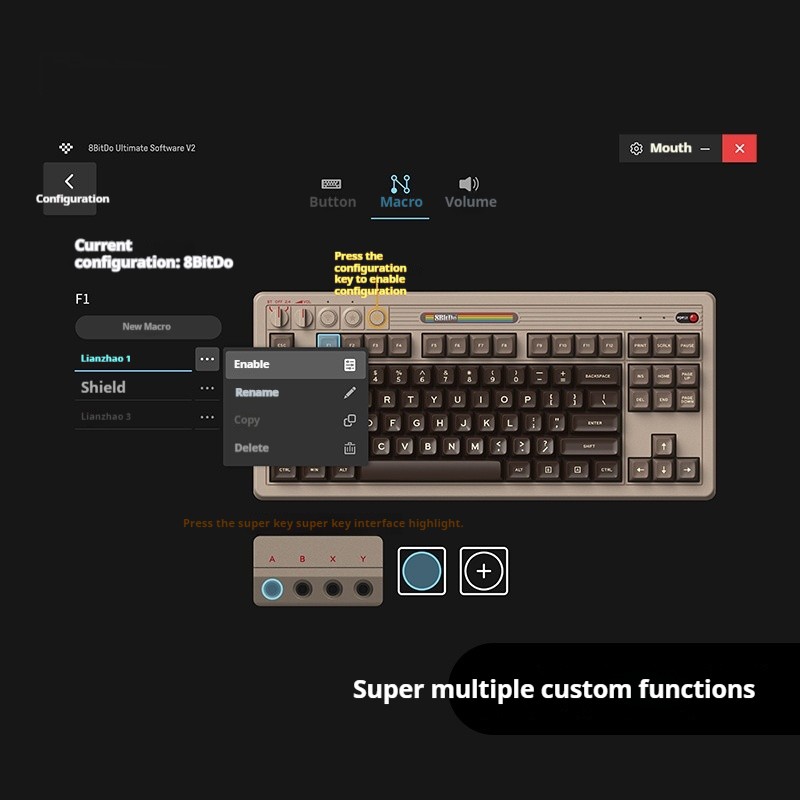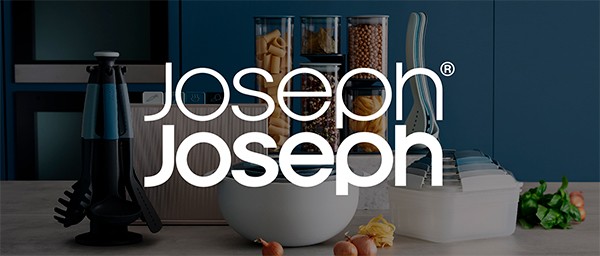




Medical Liver Planing Model Pancreas Spleen Duodenum Pancreas Structure Model
Approx $69.84 USD
Introduction to the Medical Liver Planing Model with Pancreas, Spleen, and Duodenum
The Medical Liver Planing Model with Pancreas, Spleen, and Duodenum is a highly detailed educational model designed to provide a thorough understanding of the liver and its relationship with other digestive organs. This model offers a cross-sectional view of the liver along with the pancreas, spleen, and duodenum, making it an essential tool for studying digestive system anatomy and understanding the interplay between these organs. Ideal for students, healthcare professionals, and educators, this model is perfect for use in medical schools, anatomy classrooms, and clinical training centers across New Zealand. With its realistic design, this model is invaluable for exploring liver functions, pancreatic roles, and digestive health.
H2: Key Features of the Medical Liver Planing Model with Pancreas, Spleen, and Duodenum
1. Detailed Liver Anatomy with Cross-Sectional View
The model provides an accurate and detailed depiction of liver anatomy, including lobes, blood vessels, and bile ducts. The cross-sectional view of the liver allows for a comprehensive look at internal structures, helping students understand the liver’s role in digestion, metabolism, and detoxification. This feature is essential for comprehending liver function and its relationship with other digestive organs.
2. Realistic Representation of Pancreas and Spleen
This model includes a realistic representation of the pancreas and spleen, illustrating their positions and connections within the digestive system. The pancreas is shown with details of the pancreatic ducts, while the spleen is positioned to reflect its proximity to the liver and stomach. This level of detail is ideal for understanding how these organs contribute to immune support, blood filtration, and enzyme production.
3. Duodenum and Biliary System Depiction
The model features the duodenum, the first part of the small intestine, along with the biliary system, which includes the bile ducts and gallbladder. These details are essential for studying how bile is transported from the liver to the intestine and how the pancreas releases digestive enzymes into the duodenum. This depiction is valuable for understanding the roles of bile and pancreatic enzymes in digestion.
4. Color-Coded and Labeled Sections for Easy Identification
Each organ and anatomical feature in the model is color-coded, making it easy to distinguish between structures such as the liver, pancreas, spleen, and duodenum. Labels are included to assist with identifying key parts, making it ideal for beginners and visual learners. This feature enhances learning by providing a clear and organized view of each organ and its function.
5. High-Quality, Durable Construction
Constructed from non-toxic, high-quality materials, the Medical Liver Planing Model is designed for regular use in educational and clinical environments. Its durable build ensures it retains its structure and detail over time, providing a reliable resource for anatomy classrooms, medical training centers, and patient education in New Zealand. The high-quality materials make it safe and suitable for repeated handling.
6. Compact and Display-Ready Design
With a compact design, this liver and digestive system model can easily fit on desks, shelves, or demonstration tables, making it display-ready for classrooms, clinics, and anatomy labs. Its stable base ensures that it remains secure during study sessions or demonstrations, allowing for easy use in various educational settings. This portability makes it a versatile and accessible tool for New Zealand’s educational institutions.
H2: Why Choose the Medical Liver Planing Model with Pancreas, Spleen, and Duodenum?
1. Essential for Medical and Anatomy Education
This liver planing model is essential for understanding digestive system anatomy, particularly for medical and health sciences students. The realistic representation of the liver, pancreas, spleen, and duodenum allows students to visualize their structure and understand their roles within the digestive system. For students in New Zealand, this model offers an engaging way to study anatomy and digestive health.
2. Ideal for Gastroenterology and Digestive Health Training
The model is invaluable for training in gastroenterology and digestive health, providing a comprehensive view of the organs involved in digestion, nutrient absorption, and waste elimination. Trainers can use it to explain liver functions, pancreatic enzyme production, and bile flow, making it ideal for those studying digestive disorders and treatment options.
3. Supports Visual and Kinesthetic Learning
The model caters to both visual and kinesthetic learners, making it versatile for various educational needs. The color-coded sections support visual learners, while the detailed structure allows kinesthetic learners to interact directly with the model. This interactive approach enhances retention and helps students better understand the complex anatomy of the digestive system.
4. Useful for Exam Preparation and Practical Assessments
For students preparing for exams or practical assessments, this model serves as a valuable study aid. Its realistic design and labeled parts make it easy to review digestive anatomy, reinforcing essential knowledge for exams. Medical students and healthcare trainees benefit from this hands-on approach to studying liver, pancreas, and digestive system anatomy.
5. Educational Display for Clinics and Classrooms
Beyond its educational function, the Medical Liver Planing Model serves as an informative display in clinics, classrooms, and healthcare training facilities. In clinical settings, it provides a helpful visual aid for explaining liver functions, pancreatic health, and digestive processes to patients. For educators and healthcare providers in New Zealand, this model promotes a better understanding of digestive health and disease prevention.
H2: Maintenance and Care Tips for Your Medical Liver Planing Model with Pancreas, Spleen, and Duodenum
To keep your model in excellent condition, follow these care tips:
-
Dust Regularly: Use a soft cloth or brush to remove dust from the model, particularly around intricate areas. Regular
cleaning preserves the model’s appearance and prevents dirt buildup.
-
Avoid Direct Sunlight: Display the model away from direct sunlight to prevent colors from fading over time, helping
maintain its vibrant look.
-
Handle with Care: Although durable, handle the model gently to avoid damaging delicate parts, especially around the biliary
ducts and pancreas sections.
- Store Properly When Not in Use: If not displayed, store the model in its original packaging or a dust-free area to protect it from potential damage. Proper storage helps extend its lifespan for long-term educational use.
Material information:
Material: PVC
Specification: 23x12.5x26.5 CM
Application: teaching equipment
Packing list:
Liver model*1
Size Information:
23x12.5x26.5 CM
Product information:





The product may be provided by a different brand of comparable quality.
The actual product may vary slightly from the image shown.





.webp)
.webp)












.jpg)









.jpg)





.jpeg)





.jpeg)



.jpeg)








.jpeg)



.jpeg)

.jpeg)

.jpeg)

.jpeg)




.jpeg)
.jpg)

.jpeg)






.jpeg)
.jpeg)




.jpeg)





.jpeg)


.jpeg)

.jpeg)

.jpeg)

.jpeg)







.jpeg)
.jpeg)
.jpeg)





.jpeg)



.jpeg)






.jpg)
.jpeg)









.jpg)


ulva-Logo.jpg)




.jpeg)



.png)















.png)























